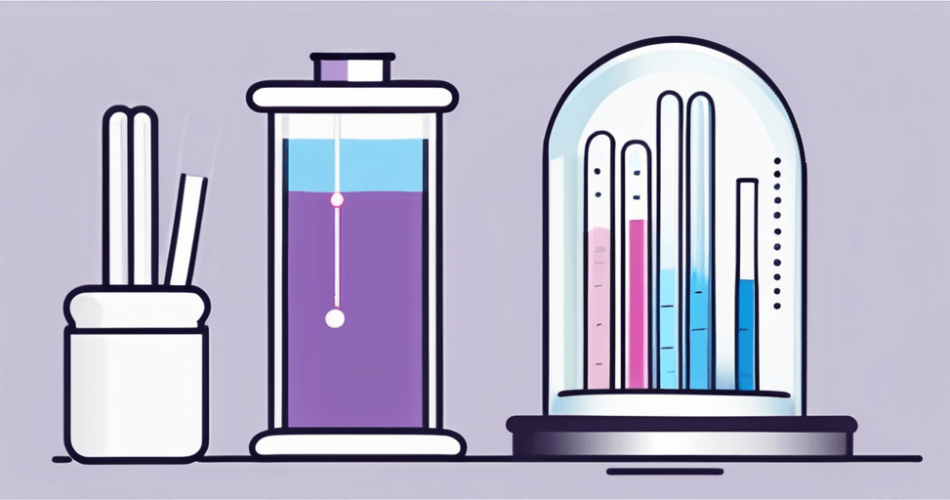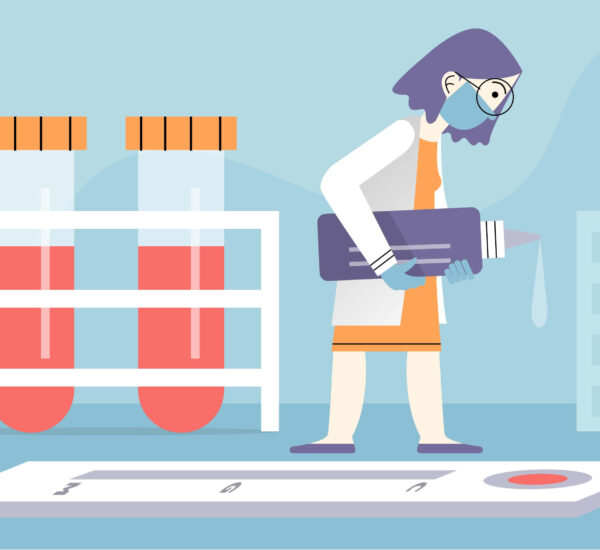Facing the threat of HIV can be a challenging journey. Still, advancements in healthcare like HIV home testing have made HIV screening more accessible than ever before. This access to healthcare is essential, considering the high number of HIV patient cases globally. With the help of HIV home testing, people can prevent the spreading of HIV by starting with themselves.
Whether or not you are residing in areas where high cases of HIV prevail, it is important to know the options for HIV treatment. That began with HIV home testing. Discover how this home testing for HIV works and how to get this type of HIV test. Let’s begin!
Understanding HIV and Its Impact
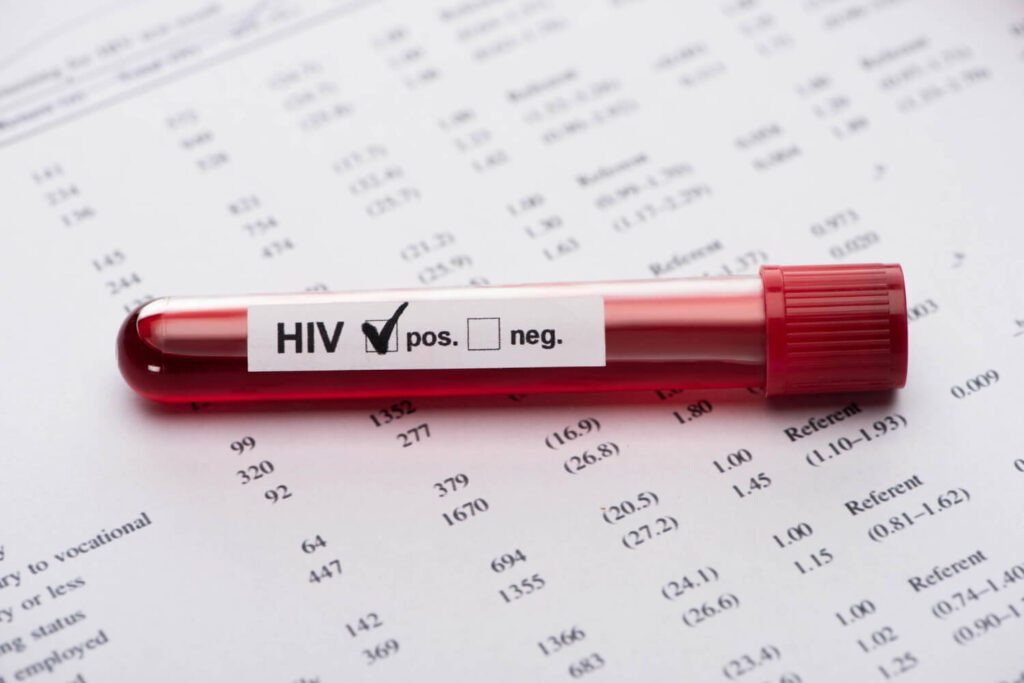
Human Immunodeficiency Virus (HIV) is a complex viral infection that targets the immune system, specifically the CD4 cells, which are essential in fighting off infections. HIV exposure happens primarily through transmission, which occurs in certain activities. Once HIV enters the body, it begins its assault on the immune system, gradually weakening it over time. This weakening makes it increasingly difficult for the body to defend itself against various infections and diseases.
It is important to note that HIV does not spread through casual contact such as hugging, kissing, or sharing utensils. A patient can only get infected through possible exposure through unprotected sexual intercourse, sharing needles, or from an infected mother to her child during childbirth or breastfeeding.
Understanding these risk factors or how HIV transmission happens can help individuals to take preventive measures. Thus, allowing them to prevent the spread of the virus in their community through their proactive health choices.
How HIV Affects the Body
When it comes to HIV there are 3 main aspects to learn to understand how it affects the overall health of patients. Let’s discuss each of them below!
Acute infections
The acute infection stage typically occurs within the first few weeks of contracting the virus and is characterized by flu-like symptoms such as fever, fatigue, and swollen lymph nodes.
Clinical Latency
Following this initial stage is the clinical latency phase, where the virus remains active but reproduces at deficient levels. During this phase, individuals may not show symptoms, yet the virus continues to damage the immune system.
Acquired Immunodeficiency Syndrome (AIDS)
If HIV is left untreated, it can progress to AIDS, the most severe stage of the infection. AIDS is diagnosed when the immune system is severely compromised, leading to infections and cancers that take advantage of a weakened immune system.
These 3 stages show how HIV infection can progress to a more complex condition, which potentially leads to a more weakened immune system. In that case, it only shows why HIV home testing is a crucial tool that everyone must have access to. That way, they can detect whether or not they have HIV.
The Importance of HIV Testing

According to the World Health Organization, it is ideal for individuals who are at risk of developing HIV to have access to HIV test kits. The impact of undiagnosed HIV not only leads to the spread of the virus but also results in the compromised health of infected patients. Some patients develop cancers, tuberculosis, infections, and other health conditions due to their weak immune systems. That’s why having access to HIV home testing kits or at-home HIV tests is a great solution to prevent these illnesses from occurring.
Discover more reasons why HIV home testing is a crucial solution to this global threat. Let’s discuss more of it below!
Early HIV Diagnosis and Detection
Early diagnosis of HIV offers numerous benefits. It allows individuals to access appropriate medical care, obtain treatment, and adopt lifestyle changes that can slow down the progression of the disease. Moreover, early detection also helps protect sexual partners from transmission, as individuals can take precautions to prevent the spread of the virus.
With that, HIV home testing kits can assist individuals to have a proper diagnosis. It ensures HIV test accuracy, which can help with early detection. When HIV is detected early, individuals can start their treatment to suppress the virus to undetectable levels.
One of the few treatment options healthcare providers offer patients is antiretroviral therapy (ART). This therapy not only improves their health outcomes but also significantly reduces the risk of transmitting the virus to others. Additionally, it can prevent the development of AIDS-related complications, leading to a better quality of life for those living with HIV.
Reducing the Spread of HIV
Aside from early detection, individuals must consider the use of HIV home testing kits as its purpose to reduce the spread of the virus. Getting tested regularly for HIV is not just for one’s health but also the greater public health. In short, it is a step to practice disease control so individuals can take measures to prevent transmission, such as practicing safe sex, using clean needles, etc.
Furthermore, routine HIV testing plays a crucial role in reducing the overall prevalence of the virus in communities. When more people are aware of their status and are linked to care, the likelihood of new infections decreases. This not only benefits individuals but also contributes to the global effort to end the HIV/AIDS epidemic by 2030, as outlined by the United Nations Sustainable Development Goals.
Different HIV Test Types
Laboratory Test
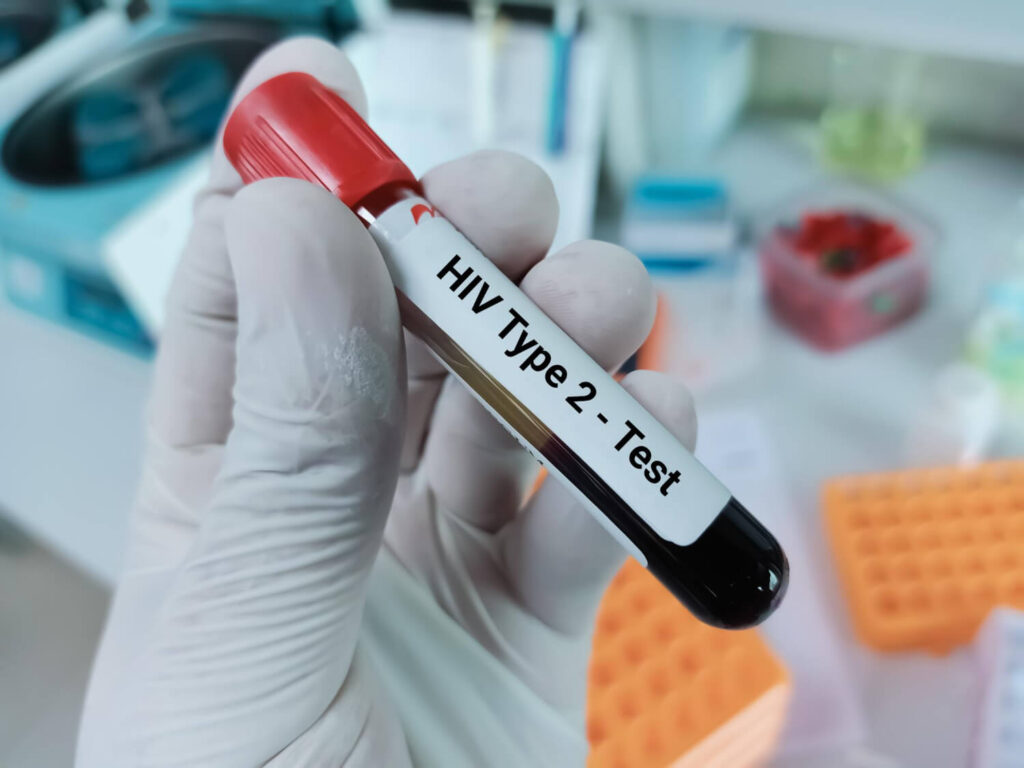
When diagnosing an HIV patient, one way to do that is through a lab test. A blood test is considered the most accurate method for HIV testing. It is commonly known as the viral load test where the test detects the presence of HIV antibodies or antigens in the blood. The blood sample is typically collected by a healthcare professional and sent to a laboratory for analysis. Results can take a few days or weeks to become available.
Another lab test is the antigen test or antibody test. Unlike the rapid test, this lab test involves the blood from one’s veins. Using this sample allows experts to detect the presence of the virus.
Rapid Test
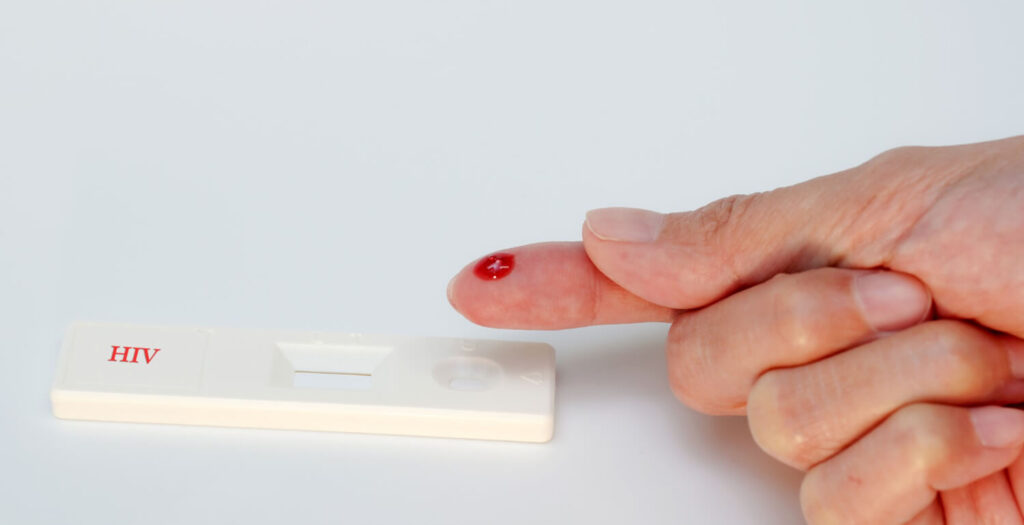
The rapid test is an antigen test that provides quick results, usually within 15 to 30 minutes. This test can be performed in various settings, such as clinics, outreach centers, or at home. Individuals taking the test can expect a simple finger prick or oral swab to collect blood or oral fluid like saliva samples. Take note that the HIV test results are highly accurate and are a convenient option for those who prefer immediate results.
Using the preliminary test results from the HIV home testing kit, individuals can receive the counseling needed. Try to seek health departments like hospitals or local health centers for an HIV consultation.
Home Testing Kits

HIV home testing kits provide individuals with a discreet and convenient method of testing for HIV. These kits typically include a collection device, test strip, and instructions for use. The user performs the test in the comfort of their own home and can obtain results within minutes. These HIV self-test kits are approved for use by regulatory bodies and offer comparable accuracy to laboratory tests.
The HIV home testing kits have revolutionized HIV testing by empowering individuals to take control of their health and privacy. These kits have been particularly beneficial for those who may feel stigmatized or uncomfortable visiting healthcare facilities for testing. Additionally, home testing kits come with resources for counseling and linkage to care, ensuring that individuals receive the necessary support and information following a positive result.
How HIV Home Testing Works
Components of a Home Testing Kit
An HIV home testing kit typically includes a lancet for pricking the finger, a sample collection tube or strip, a buffer solution, and a test strip or cassette. Some kits may include additional items, such as alcohol swabs and band-aids.
It is important to note that these home testing kits are designed to be user-friendly and provide accurate results. The lancet included in the kit is typically a small, sterile needle that minimizes pain during the finger prick procedure. Meanwhile, the sample collection tube or strip is specifically designed to hold the blood sample securely without any leakage. This ensures the integrity of the test results. Lastly, the buffer solution plays a crucial role in the testing process. It helps to dilute the blood sample for accurate analysis.
HIV Testing Process
Testing kits made for self-use are made to be user-friendly HIV home testing kits. The testing process with the HIV home testing kit involves several simple steps. Let’s discuss the general way how the kits can be used by individuals below!
- Clean the hands and the chosen finger for pricking.
- Carefully prick the finger with the lancet and collect a small blood sample.
- Transfer the sample into the collection tube or strip, and the buffer solution is added.
- Place the test strip or cassette into the solution and wait for the designated time to read the results.
This instruction can differ from the HIV home testing kit in your location. That’s why it is crucial to follow the indicated directions in the kit for an accurate test result.
In case of any doubts or uncertainties during the testing process, it is recommended to seek guidance from healthcare workers or support services from the local health department to ensure proper understanding and interpretation of the results.
Interpreting HIV Home Test Results

Positive Results
A positive result shows 2 lines on the HIV home testing kit, which indicates the presence of HIV antibodies or antigens in the blood. Take note that a positive home test result should not be considered a definitive diagnosis. Confirm a positive test result with a healthcare professional using laboratory-based testing.
Remember, a positive result does not mean a death sentence; with early detection and proper medical care, individuals living with HIV can lead healthy and fulfilling lives.
Negative Results
Meanwhile, a negative result shows 1 line on the HIV home test kit. This result indicates no HIV antibodies or antigens were detected in the blood sample. However, it is crucial to keep in mind that HIV has a window period, during which it may not be detected by the test. If you have engaged in recent high-risk activities, it is advisable to repeat the test after the recommended window period to ensure accuracy.
While a negative result can bring relief, it is not a free pass to engage in risky behaviors. Maintaining regular testing, open communication with partners, and safe sex practices are key to protecting yourself and others from HIV infection.
Frequently Asked Questions
What are the common risk factors for HIV infection?
While unprotected sexual intercourse is the main factor for developing HIV, other aspects can also lead to the same outcome. Here are some of the common risk factors:
- Being diagnosed with STI conditions like gonorrhea, syphilis, herpes, etc means a higher risk of developing HIV
- Using contaminated needles
- Blood transfusion using blood with HIV antibodies
- Organ transplantation coming from a patient with HIV
What is the HIV window period?
The window period for undergoing HIV home testing typically ranges from 2 weeks to 3 months after exposure, depending on the type of test being used. Patients must recognize this period as the test may not detect the antibodies yet. It is crucial to wait for this period after potential exposure to ensure the accuracy of the test results.
Are HIV home testing kits accurate?
HIV home testing kits approved for use by regulatory bodies have shown high accuracy rates. However, it is essential to follow the instructions carefully and adhere to the designated testing window period to ensure accurate results.
While HIV test accuracy is ensured, it is important to note that no test is 100% foolproof. Factors such as false positives, improper storage of the kit, or testing outside the recommended window period can potentially impact the reliability of the results. Therefore, it is crucial to educate oneself on the proper usage of the kit and seek guidance from healthcare professionals if there are any doubts or concerns about the test results.
What is a false positive HIV test result?
A false positive in the context of HIV testing refers to a result that incorrectly indicates the presence of HIV antibodies when the individual is not infected with the virus. False positives can occur due to various reasons such as cross-reactivity with other antibodies or errors in the testing process. It is crucial to confirm positive results with follow-up tests conducted by healthcare professionals for accurate diagnosis and appropriate management.
Where to buy HIV home testing kits?
HIV test kits at home are available online and in some pharmacies or retail stores. Additionally, some healthcare facilities or community centers may offer free HIV test kits as part of their outreach programs, providing accessible options for individuals who may not be able to afford the kits through traditional channels.
When considering where to buy an HIV home testing kit, it is recommended to opt for established retailers or official manufacturer websites to ensure the product’s authenticity. Beware of counterfeit or expired kits that may yield inaccurate results.
What is the HIV test price range?
The price range for HIV home testing kits can vary depending on the brand, quality, and included components. Generally, these kits can range from Php 520.00 – Php 650.00. It is advisable to compare prices from different sources to purchase a reliable and FDA-approved test kit to obtain accurate results.
Conclusion
Equip yourself with the knowledge and take advantage of the accessible HIV home testing kits. Remember, HIV testing is not just about personal well-being but also about taking a responsible approach to protect everyone in the community. Let us strive towards a future free from the barriers and stigma associated with HIV testing.
If you need assistance with the interpretation of your HIV home testing kit, book an online consultation with an infectious disease doctor or an internal medicine practitioner.
